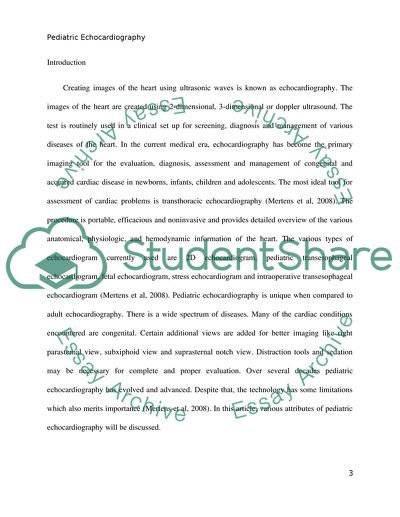Cite this document
(“Pediatric Echocardiography Research Paper Example | Topics and Well Written Essays - 3750 words”, n.d.)
Pediatric Echocardiography Research Paper Example | Topics and Well Written Essays - 3750 words. Retrieved from https://studentshare.org/health-sciences-medicine/1796999-pediatric-echocardiography
Pediatric Echocardiography Research Paper Example | Topics and Well Written Essays - 3750 words. Retrieved from https://studentshare.org/health-sciences-medicine/1796999-pediatric-echocardiography
(Pediatric Echocardiography Research Paper Example | Topics and Well Written Essays - 3750 Words)
Pediatric Echocardiography Research Paper Example | Topics and Well Written Essays - 3750 Words. https://studentshare.org/health-sciences-medicine/1796999-pediatric-echocardiography.
Pediatric Echocardiography Research Paper Example | Topics and Well Written Essays - 3750 Words. https://studentshare.org/health-sciences-medicine/1796999-pediatric-echocardiography.
“Pediatric Echocardiography Research Paper Example | Topics and Well Written Essays - 3750 Words”, n.d. https://studentshare.org/health-sciences-medicine/1796999-pediatric-echocardiography.


